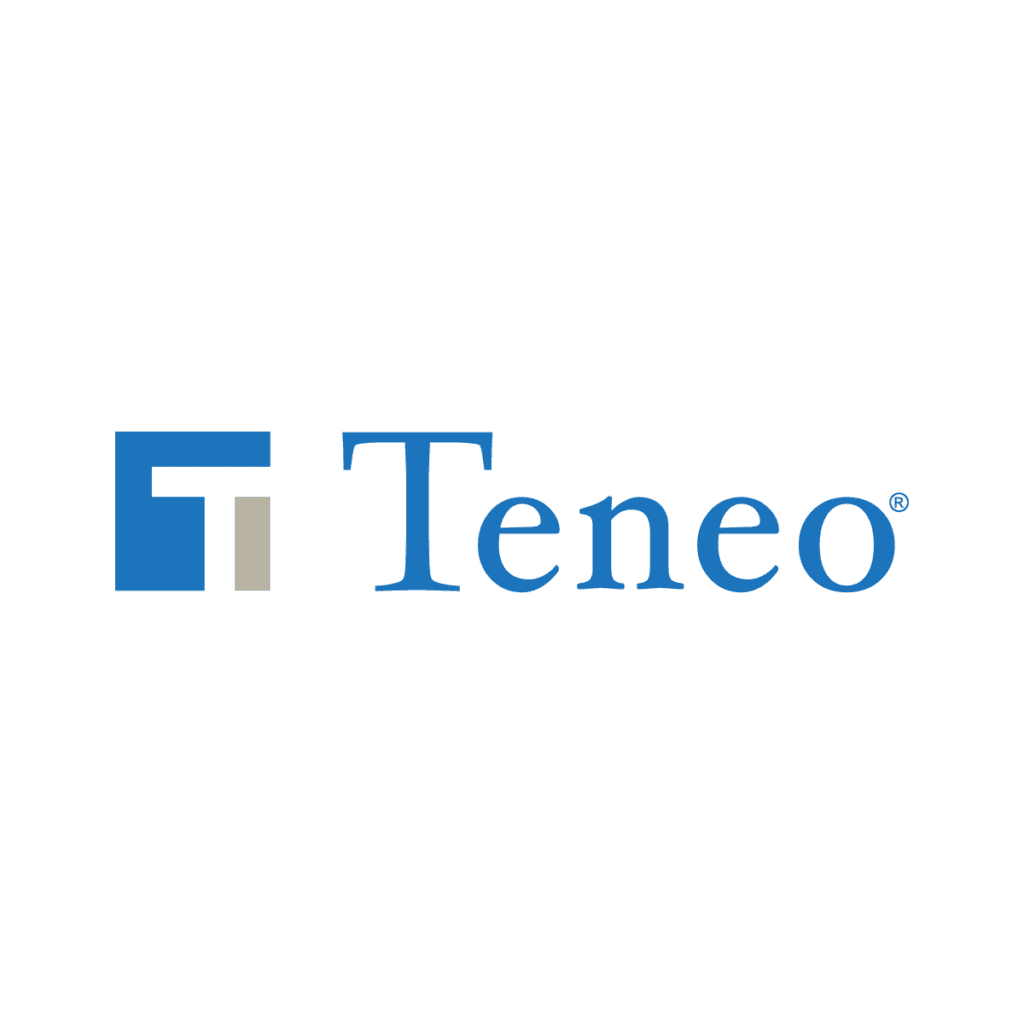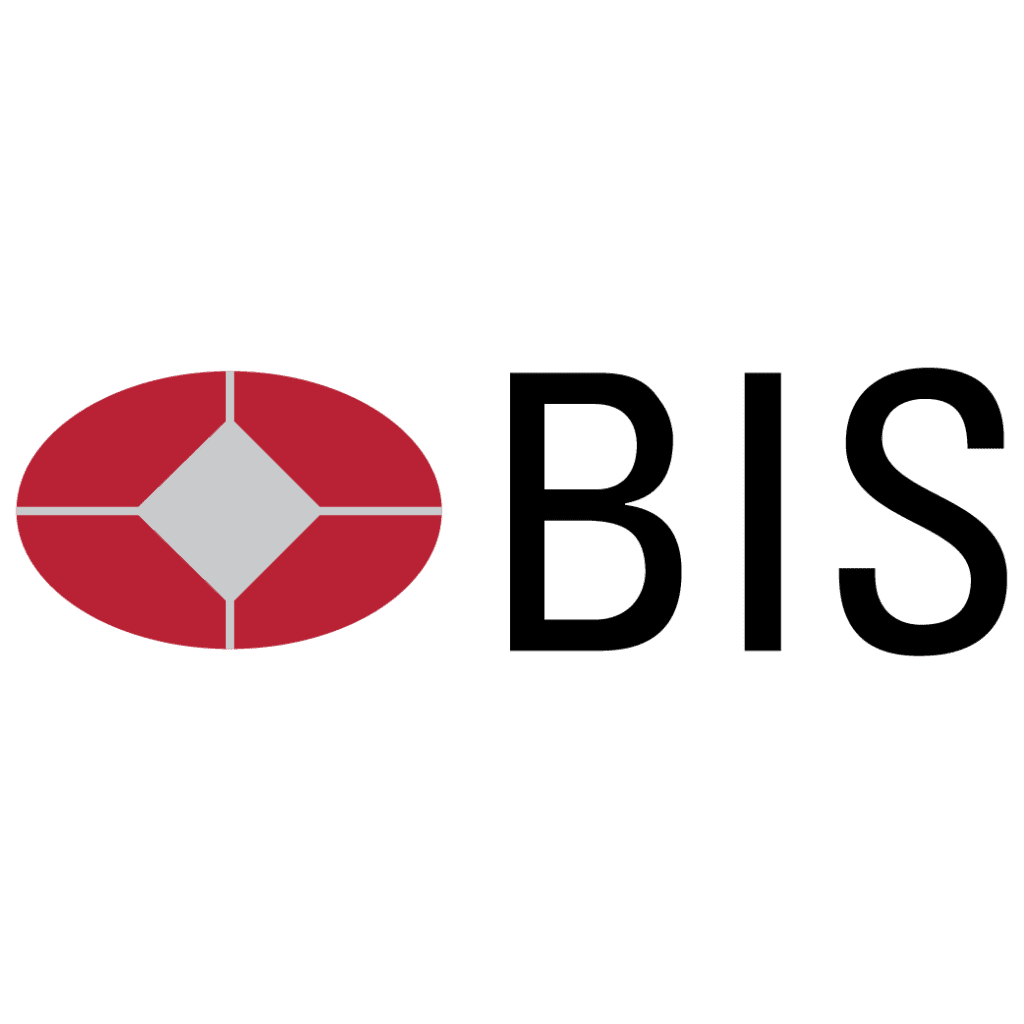SOUTH AFRICA: License to loot or higher degree of coordination?

Become a member to read the rest of this article Username or E-mail Password Remember Me Forgot Password
FRANCE: Macron lays out re-election plan – what to watch

Become a member to read the rest of this article
Tracking an education initiative’s integration into government: An institutionalization tool for scaling

While there are many different pathways to scaling and sustaining the impact of a development initiative, the reality is that in the education sector, delivering at scale over the long term is very often not possible without government in the lead. When an NGO, social enterprise, or donor develops and implements the initiative first, the scaling strategy must center around the gradual transition to government ownership, delivery, and financing—assuring quality and impact are maintained.
This type of scaling—called institutionalization, vertical scaling, or mainstreaming—is the process by which an initiative becomes embedded within the formal education system and is led and sustained by the government. The ultimate goal is that the initiative becomes part of the government’s policies, plans, procedures, budgets, and daily activities—effectively “disappearing” into the broader system.
Tracking institutionalization in Real-time Scaling Labs
One example of this type of scaling pathway can be seen in the Real-time Scaling Lab in Côte d’Ivoire, where the scaling goal is not only to reach 100 percent of students in grades 3-6 with the Teaching at the Right Level or “PEC” targeted literacy and numeracy approach, but also to institutionalize and sustain PEC delivery fully within the education system, such that it is wholly integrated into the Ministry of National Education’s own processes and plans. The Ministry currently implements PEC directly in 1,000 public schools and is in the process of infusing all aspects of delivery throughout the education system, including incorporating data collection and mentoring activities into existing processes and planning to incorporate PEC training into teacher training colleges’ curricula.
Another example can be seen in the Real-time Scaling Lab in Jordan, where the Ministry of Education, in collaboration with the Central Bank of Jordan, has been gradually mainstreaming a financial education course developed by the social enterprise INJAZ in all public, private, and refugee secondary schools over a seven-year period. The end goal is for all program elements to be transferred fully to the government by 2023. Throughout the process of institutionalization, INJAZ has been playing a key role supporting the Ministry in areas such as curriculum revision, teacher training, and monitoring and evaluation of program outcomes.
Through the Real-time Scaling Labs, CUE has witnessed the need for more practical, education-specific guidance on how to track the progress of vertical scaling and prioritize next steps.
Using the tracker
While the end goal for institutionalization may be clear, assessing progress toward achieving it can be less straightforward. Identifying the various elements of the education system to track headway and roadblocks faced in each of these areas can be challenging. Further, it is not always evident what concrete actions need to be taken to advance the institutionalization process and how to prioritize among them. Through the Real-time Scaling Labs, the Center for Universal Education (CUE) has witnessed the need for more practical, education-specific guidance on how to track the progress of vertical scaling and prioritize next steps.
Related Content
To support policymakers, practitioners, and funders engaged in this process, CUE has developed the “Institutionalization Tracker,” a tool to measure the progress of efforts to integrate an initiative into the education system and identify areas that require additional attention to strengthen institutionalization. As noted in the tool directions and demonstrated by the graph below (Figure 1), the tool is organized by education system building blocks, each of which is broken down into specific elements. For each element, there is a set of criteria to consider when assigning a score, and a column for providing an explanation for the score selected. The score is based on a scale of 1–4, with 1 meaning “low institutionalization,” and 4 meaning “full institutionalization.” This tool measures the progress of institutionalization efforts related to one government agency or ministry, specifically the ministry of education. The tool is designed to track progress toward national-level institutionalization, but in a decentralized system it can instead track institutionalization for the appropriate subnational education authorities. Notably, the tool is not meant to determine if an initiative should scale, or to assess the strength of an education system, and it does not track other important aspects of scaling such as impact and quality, and so ideally it should be complemented with other scaling metrics. It is important that stakeholders use the tool as part of a collaborative effort not only once, but as a dynamic planning tool—repeated at intervals to assess progress and determine next steps.
Figure 1. Sample radar graph
Source: CUE “Institutionalization Tracker,” 2021.Note: This radar graph visually depicts a sample of two rounds of results from the tracker and can help determine priority actions.
The Institutionalization Tracker can be adapted to the specific needs of the intervention and context where it is used and can be extended to include further dimensions not currently explicitly identified, such as the structure and dynamics of costs that need to be covered by the public budget. This tracker is one in a suite of tools developed and tested by CUE, each of which supports different aspects of the scaling process and works in synergy. While the tracker can certainly be used on its own, we recommend that this tool inform the refinement of a broader scaling strategy and be used in conjunction with a resource such as CUE’s “Scaling Strategy Worksheet.”
The Institutionalization Tracker has been piloted in several of the Real-time Scaling Labs to date and has been directly informed by the work and input of our partners. We welcome readers’ questions, feedback, and reflections to inform future editions.
Leveraging digital technology during the pandemic

During COVID-19, firms experienced unprecedented shocks. Their supply chains were disrupted as were their relationships with customers and workers; demand plummeted, as no one knew what would happen next. The dual shocks pushed firms to look for new ways to stay afloat and navigate their businesses. But in some cases, the crisis became an opportunity for innovative businesses, especially those that increased the adoption of digital technologies. How widespread was the innovation? Will it be enough to foster a productivity-driven recovery?
An initial analysis of novel data collected between April 2020 and January 2021 from Bulgaria, Poland, and Romania, suggests that the pandemic triggered some innovation. Still, it was limited to low-hanging fruits and varied depending on firm size and previous technology investments. A mix of financial constraints and managerial capacities likely limited deeper and more widespread innovation in firms.
COVID-19 lockdowns, workforce restrictions, and limited access to inputs (60 percent of firms reported problems obtaining inputs) reduced firm productivity and supply capacity. At the same time, demand slumped or shifted toward new products and services. These shocks were compounded by unprecedented uncertainty about the virus, the extent and duration of public policy responses, and future outlooks. These channels affected firms and sectors differently and in a manner that required businesses to adopt novel solutions or risk going out of business.
Firms needed a moment, but they did react. Initially (April-August 2020), most firms (more than 60 percent on average) did not implement any adjustments to the way they carried out their business. However, the share of firms that adopted some innovation steadily increased over time. By the end of January 2021, close to 60 percent of firms had either expanded the use of or invested in new digital technology, or introduced product innovation (Figure 1).
The challenges from the pandemic were multifaceted—from the disruption in the availability of inputs to the need to guarantee safe working conditions for workers or recreate broken relationships with customers—and so were the firms’ adjustments. Some firms reorganized production and distribution processes (process innovation, like takeaway and delivery in the hospitality industry). Others revamped their products to meet the customers’ needs (product innovation). We find that while both types of innovation were common to all three countries, on average, process innovation occurred more frequently than product innovation.
Firms’ responses were much more nuanced and complex than what the aggregate numbers suggest. Among the firms that did not increase their digital technologies usage, a minority (9 percent) did not use ICT (information and communication technologies) before COVID-19 and did not start using them during the crisis. Similarly, there were businesses that were already using ICT and did not increase usage during the crisis (55 percent). By the end of the second wave, about 90 percent of firms were using digital technologies for their business and almost one-third of firms had either started using or increased their use during the pandemic (Figure 2).
A higher intensity in the use of digital technologies could already contribute to a faster recovery. It could induce productivity gains and reduce the persistent productivity gap previously found between European and U.S. firms. However, digital technologies are complex and heterogeneous and can affect the opportunities of growth and convergence across different firms and local economic contexts unevenly.
For digitization to spur a productivity-driven recovery, it must concentrate on business functions with the highest potential to spur upgrade and firm growth (according to recent World Bank research). In these three countries, we find that digitization has concentrated in business functions such as marketing, sales, and business administration (Figure 3), which can be considered low-hanging fruits with less potential for spurring productivity at the firm level. So far, digitization is making very limited inroads in areas such as production and supply chain management, which require complex organizational changes.
More opportunities await firms with the possibility of expanding and incorporating digital technologies toward optimizing production capacity and more efficient supplier management. Given these findings, in our next blog, we will address the question of what could be preventing firms from expanding the use of digital technologies.
Related Content
Sustainable Development Spotlight: Investing in rural America

CUBA: Protests can be stifled, but regime’s deeper challenges exposed

Become a member to read the rest of this article
Stress-testing banks for climate change – a comparison of practices

FSI Insights No 34, July 2021. This paper discusses the challenges that emerge when trying to adapt traditional stress tests to banks’ climate-related risks. These challenges relate to: (i) data availability and reliability; (ii) the adoption of very long time horizons; (iii) uncertainty around future pathways of key reference variables covering physical risks (eg floods, temperature increases and rising sea levels); and (iv) uncertainty relating to transition risks (eg changes in climate policies, technologies or consumer preferences).
